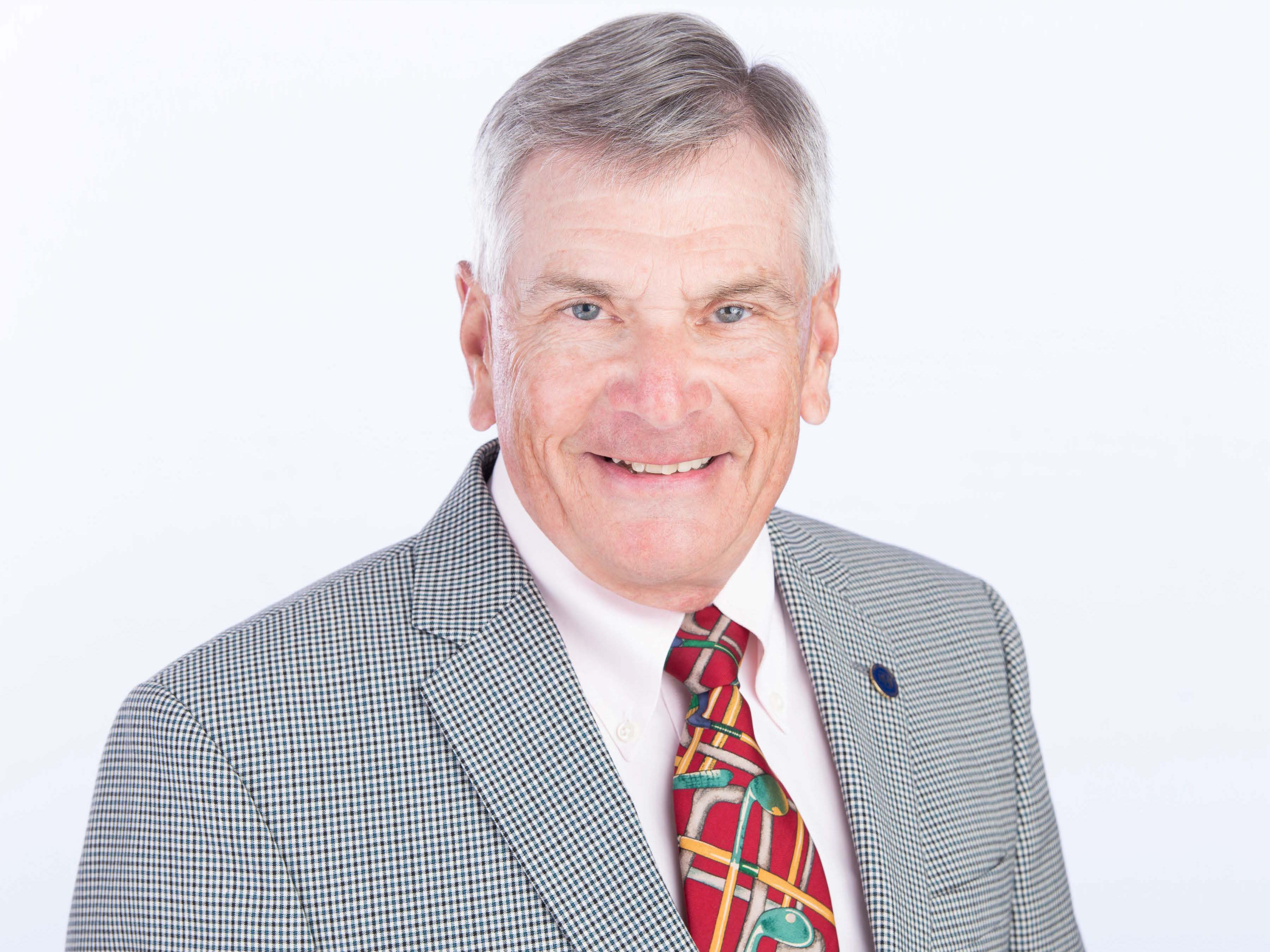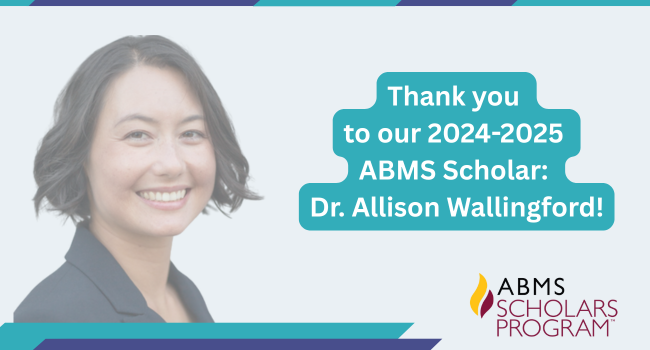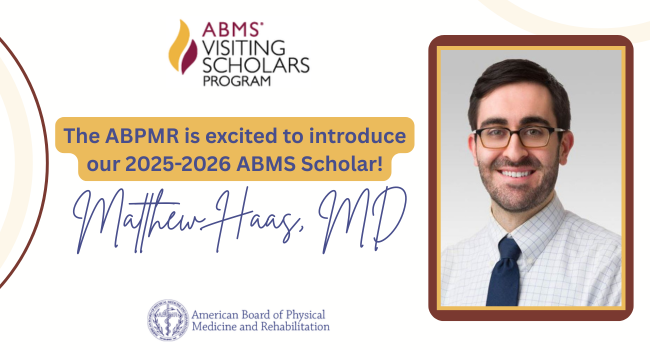Physician Features
The Faces of Physiatry - Dr. Barry Smith

The field of PM&R has had many strong advocates over its 75 years as a board-certified specialty. One of the more recent advocates has been Barry Smith, MD, who served as Chair of the ABPMR Directors in addition to Chair of the American Board of Medical Specialties (ABMS). Dr. Smith recently ended his term on the ABMS Board, and we talked to him about some of the highlights of his career as a leader in the field.
Why did you choose PM&R as a specialty?
“When I was first deciding to become a doctor, there were so many different areas that I liked – from neurology to psychiatry, to orthopedics and internal medicine. But what attracted me most to physical medicine was that it brought aspects of all those specialties together, that combination. I liked the idea of having long-term associations with the people I was treating. In PM&R, the focus is on the patient and their families and working together as a team. I wanted to actually be involved with people rather than diagnosing them and not having a long-term doctor-patient relationship with them.”
“Other specialties have a body part; you know, the cardiologists have a heart, the ophthalmologists have the eye and so on. But I say we have the body part of “function.” We work on maximizing and restoring function – that is our body part.”
How has PM&R changed over the years of your career?
“When I first started, the traditional thought was we were in-patient physicians who took care of people in the hospital. Looking at the history of the specialty, a lot of people were doing what we call ‘non-operable orthopedics’, or ‘musculoskeletal medicine.’ That’s where the physical medicine piece came from. When I got in, we were more of ’rehabilitationists.’ As the pendulum swings back and forth, we are now much more into the physical medicine mode. That’s why we have this crazy name because it really is physical medicine AND rehabilitation.”
What is the value of board certification for you?
“Board certification is the ‘good housekeeping stamp of approval’. It says that I am a step above; I am continuing to demonstrate my readiness for practice. And now with continuing certification, it is not just a “badge of honor,” but it is more than that. It is evidence that I am continuing to stay able and prepared to practice, as the specialty changes.”
Why is Longitudinal Assessment so important for diplomates?
“I was in the midst of helping to develop longitudinal assessment (LA) at the ABMS level. Moving from an every 10-year exam to LA does two things: it allows for a summative assessment to show that this individual is where he/she needs to be to continue to practice; but also with LA we do a significant piece of formative assessment to help people stay up to date. We (ABPMR) have an obligation as a certifying body to make sure diplomates are up to date and still have the knowledge and skills needed to continue to practice and to be called certified.
LA is not meant to be punitive; it’s meant to show if you do have gaps, here they are and here’s what you need to do to fill in those gaps and keep current in the field of PM&R. It’s been proven that the concept of LA (test and re-test) is a much more useful way to acquire and retain new knowledge.”
What are you looking forward to in retirement?
I’m looking forward to playing with the grandkids and a little bit of golf. I am president of my homeowners’ association – one of the hardest jobs I’ve had – so that keeps me busy!
Finally, Phys–EYE’–a-trist or Phys-ee—AT’–trist?
It’s phys-ee—AT’–trist because that’s where it’s at!



